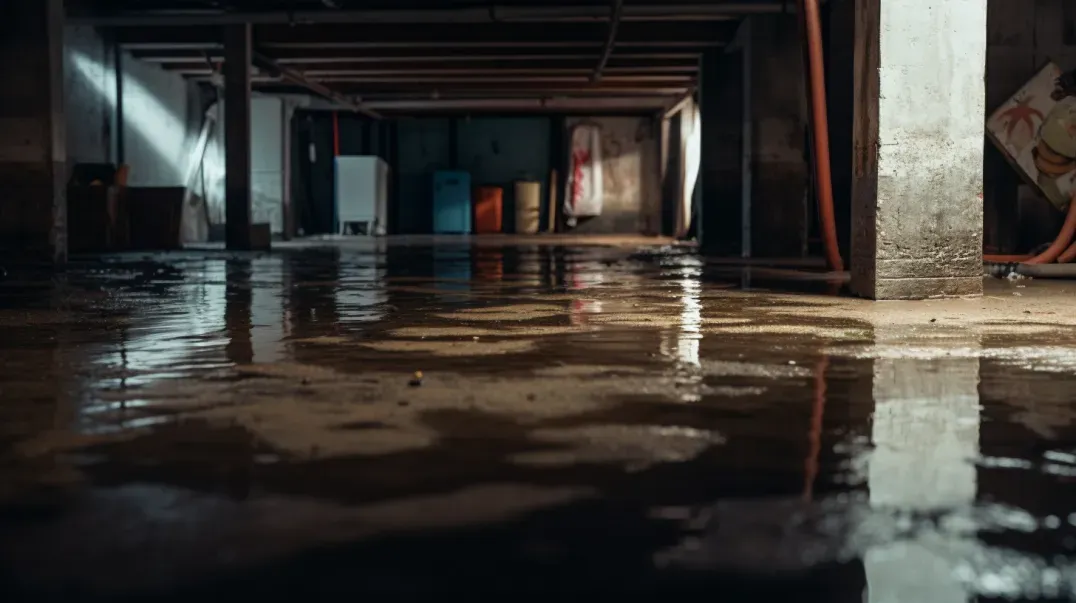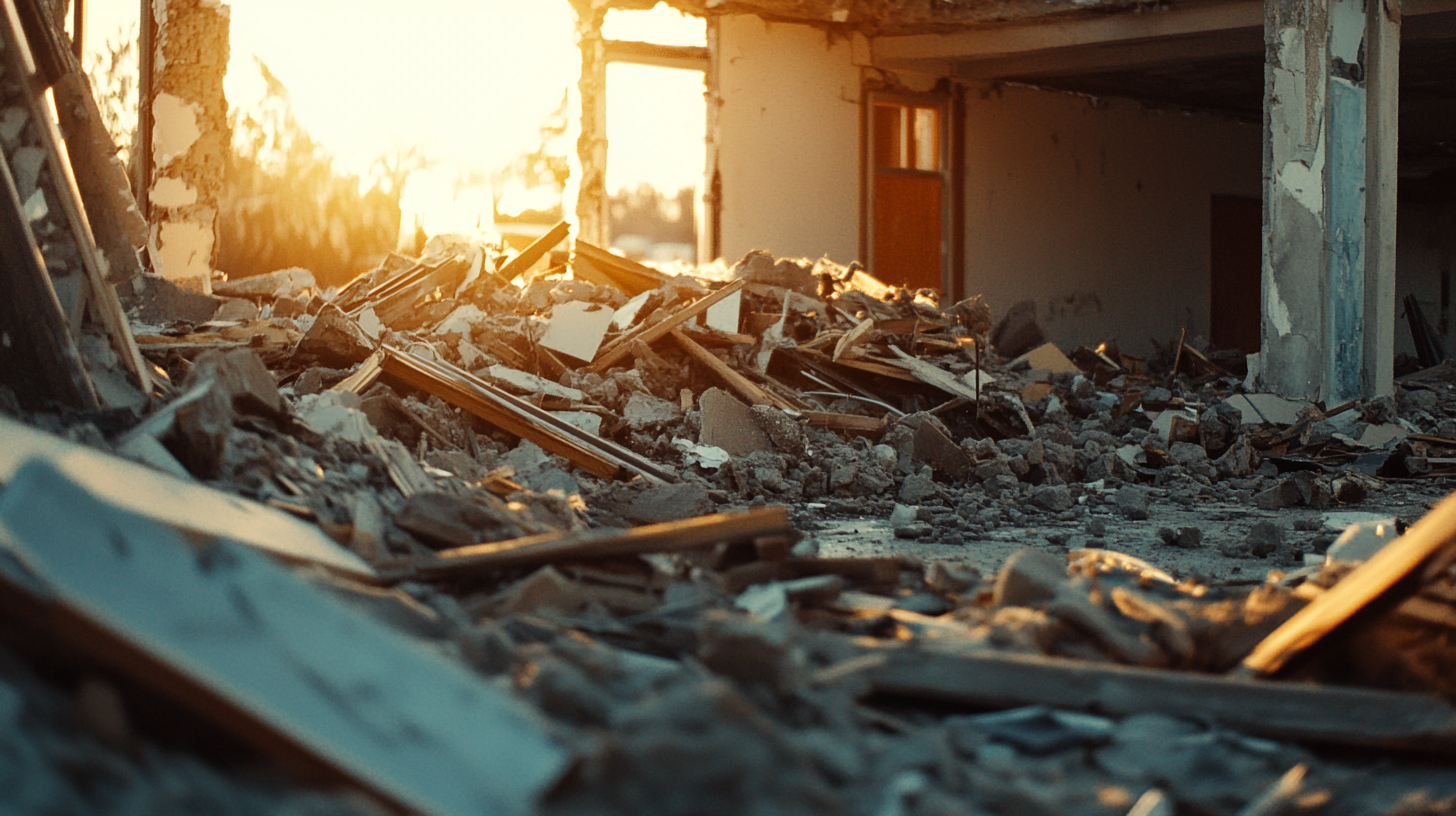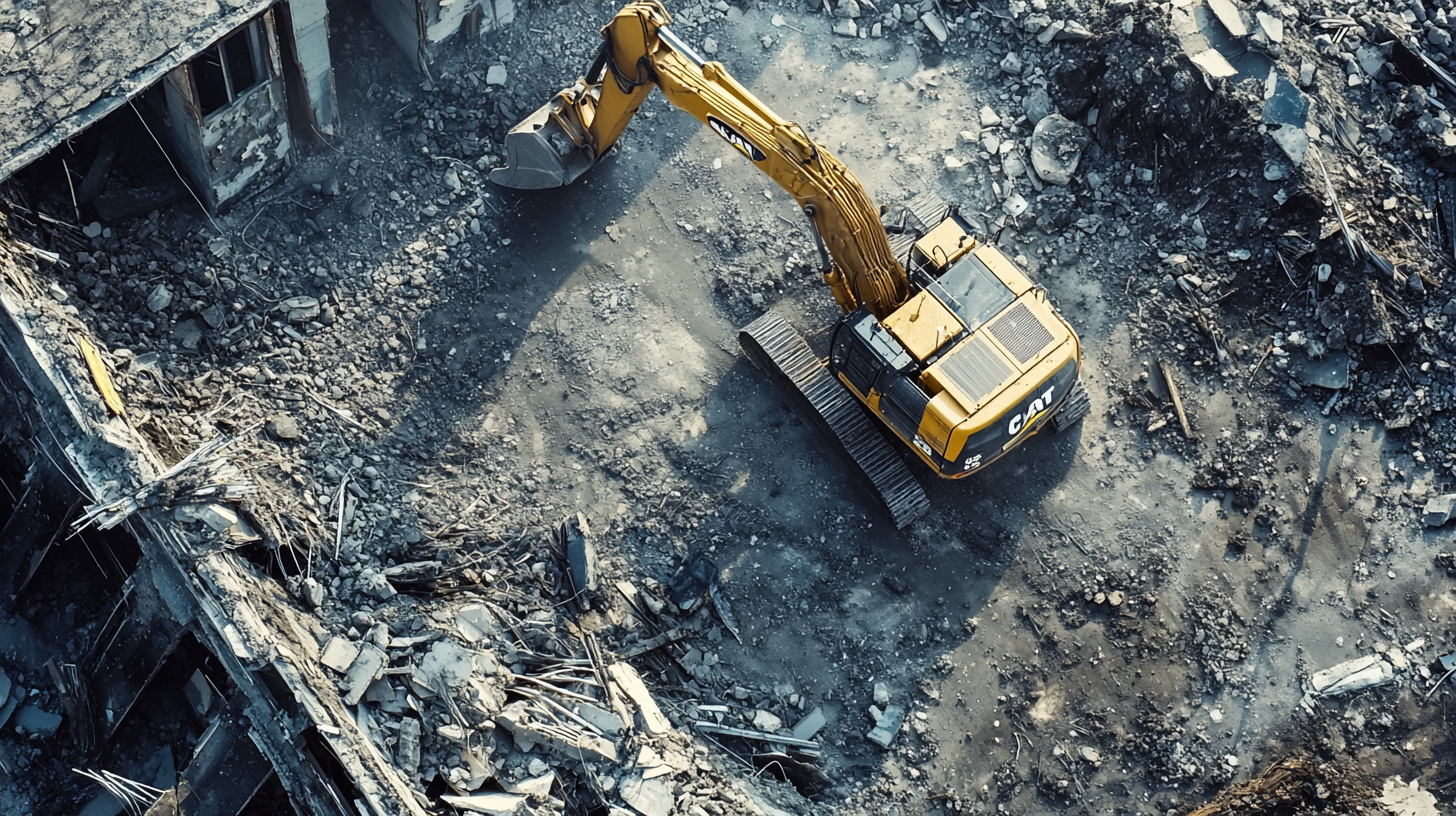
Moisture barriers are a critical component in home construction, playing a vital role in protecting buildings from water damage and ensuring their longevity. Proper moisture management is essential to maintain the structural integrity of a house, prevent mold growth, and enhance indoor air quality. Moisture barriers, often installed in walls, floors, and roofs, act as protective shields that prevent water from penetrating and causing damage to the building materials and the home's interior. They are particularly crucial in areas with high humidity or significant rainfall, where the risk of water infiltration is greater. Understanding the importance of moisture barriers can help homeowners and builders make informed decisions about construction materials and techniques, ultimately leading to more durable and healthier homes.
Understanding Moisture Barriers
Definition and Basic Function of Moisture Barriers
Moisture barriers are essential elements in building construction designed to prevent water infiltration and protect structural components from moisture-related damage. These barriers serve to block the movement of water vapor and liquid water, thereby preserving the integrity of the building materials and ensuring the longevity of the structure. By controlling moisture levels, these barriers help to prevent issues such as mold growth, wood rot, and corrosion of metal components, which can compromise the safety and durability of a building.
Types of Moisture Barriers
Vapor Barriers:
Vapor barriers are materials used to resist the diffusion of moisture through walls, floors, and ceilings. These barriers are critical in controlling the amount of water vapor that passes into the building envelope, which can condense and cause mold growth and structural damage. Typically, vapor barriers are made from plastic or foil sheets and are installed on the warm side of the insulation to prevent condensation within the wall cavity.
Air Barriers:
Air barriers are systems of materials designed to control airflow between the interior and exterior of a building. Unlike vapor barriers, which specifically address moisture in the form of vapor, air barriers also manage air infiltration, which can carry moisture into the building envelope. Effective air barriers can reduce energy costs by improving the efficiency of the building's heating and cooling systems and by preventing moisture-laden air from entering and condensing within the structure.
Waterproofing Membranes:
\Waterproofing membranes are used to protect buildings from liquid water penetration. These membranes are typically applied to foundations, roofs, and below-grade walls to create a continuous barrier that prevents water ingress. They can be made from materials such as rubberized asphalt, polyurethane, and modified bitumen. Waterproofing membranes are crucial in areas prone to high levels of ground moisture or frequent rainfall, ensuring that the structural elements remain dry and intact.
In summary, understanding the different types of moisture barriers and their functions is crucial for maintaining the structural health and longevity of buildings. By effectively managing moisture, these barriers help prevent costly damage and create a healthier living environment.
The Science of Moisture Movement
Explanation of How Moisture Moves Through a Home
Moisture can infiltrate homes through various mechanisms, including vapor diffusion, air movement, and capillary action. Understanding these processes is crucial for effective moisture control and maintaining the structural integrity of a building.
Vapor Diffusion: This process involves the movement of water vapor through building materials driven by differences in vapor pressure. High vapor pressure areas inside a home push moisture
towards lower vapor pressure areas, typically outside. This movement occurs through walls, ceilings, and floors, and can lead to condensation if the vapor cools below the dew point.
Air Movement: Air can carry significant amounts of moisture into and out of buildings. Moisture-laden air enters through gaps and cracks in the building envelope, such as around windows, doors, and electrical outlets. This movement not only contributes to heat loss but also deposits moisture within the structure, leading to potential damage and mold growth.
Capillary Action: This phenomenon occurs when moisture moves through porous building materials, such as bricks and concrete, by capillary action. Water can rise from the ground or other sources through small pores in these materials, potentially causing significant structural damage over time.
The Impact of Climate and Environmental Conditions on Moisture Movement
Climate and environmental conditions play a critical role in how moisture moves within a home. In humid climates, vapor diffusion is a major concern, necessitating effective vapor barriers. Conversely, in dry climates, air leakage may be a more significant issue. Environmental factors such as rainfall, temperature fluctuations, and wind also influence moisture movement, making localized strategies essential for effective moisture control.
Vapor Diffusion
Definition and Process of Vapor Diffusion: Vapor diffusion is the process by which water vapor moves through materials due to vapor pressure differences. This movement can cause condensation within walls if the temperature drops below the dew point, leading to mold and structural damage.
Materials and Their Permeability Ratings: Various materials have different permeability ratings, which indicate their resistance to vapor diffusion. For instance, polyethylene has a low permeability, making it an effective vapor barrier, whereas building paper has higher permeability, allowing some vapor to pass through.
Importance of Selecting the Right Material for Specific Climates: Choosing the appropriate vapor barrier material is crucial for the specific climate where the home is located. In humid climates, low-permeability materials like polyethylene are essential to prevent moisture ingress, while in drier climates, materials with higher permeability may be sufficient.
Air Movement
Role of Air Leakage in Moisture Transport: Air leakage can transport large amounts of moisture into a home. This moisture can condense on cooler surfaces within the building, leading to mold growth and material degradation.
Common Pathways for Air Leakage in Homes: Air leaks commonly occur around windows, doors, electrical outlets, plumbing penetrations, and through gaps in the building envelope. These leaks can be exacerbated by wind pressure and temperature differences between the inside and outside of the home.
Techniques for Sealing Air Leaks to Enhance Moisture Barrier Performance: Effective techniques for sealing air leaks include applying caulking and weather-stripping around windows and doors, using foam sealants for larger gaps, and installing airtight electrical boxes. Properly sealing these areas can significantly reduce moisture ingress and improve the overall performance of moisture barriers.
Capillary Action
Explanation of Capillary Action and Its Impact on Building Materials: Capillary action refers to the ability of water to move through porous materials by adhering to the material's surface and being drawn into tiny pores. This can cause moisture to travel upwards from the ground into the building structure, potentially leading to significant damage over time.
How Moisture Barriers Prevent Capillary Action: Moisture barriers, such as damp-proof courses and waterproof membranes, are installed to interrupt capillary action. These barriers prevent water from rising through the building materials, protecting the structure from moisture damage.
Importance of Proper Installation to Prevent Water Ingress Through Capillary Action: Proper installation of moisture barriers is crucial to ensure they function effectively. This includes correctly positioning the barriers and ensuring they are continuous and free from gaps. Proper installation helps prevent water ingress and protects the building from the harmful effects of capillary action.
Types of Moisture Barriers and Their Applications
Detailed Overview of Different Types of Moisture Barriers
Moisture barriers are crucial in protecting homes from water damage and maintaining indoor air quality. There are several types of moisture barriers, each designed for specific applications in different parts of a home.
Vapor Barriers
Materials Used: Vapor barriers are typically made from materials that resist the diffusion of moisture. Common materials include polyethylene sheets, which are durable and impermeable, and vapor retarder paints, which can be applied directly to surfaces to prevent moisture penetration.
Applications in Different Parts of the Home: Vapor barriers are used in various parts of the home:
- Walls: Installed on the interior side of exterior walls to prevent moisture from moving into the insulation and wall cavities.
- Floors: Used beneath concrete slabs to prevent ground moisture from rising into the home.
- Ceilings: Placed in attics to stop warm, moist air from entering and condensing in cooler attic spaces.
Air Barriers
Importance of Continuous Air Barriers: Air barriers are designed to control the flow of air into and out of a building, which is essential for preventing moisture-laden air from causing condensation within the structure. A continuous air barrier ensures that there are no gaps or breaks where air and moisture can infiltrate.
Common Materials:
- House Wraps: Synthetic materials like Tyvek are commonly used as house wraps. They are installed over the sheathing of a building to prevent air infiltration while allowing water vapor to escape.
- Spray Foams: Expanding spray foams can fill gaps and cracks in the building envelope, providing an airtight seal.
Installation Techniques and Common Challenges:
- Techniques: Proper installation requires overlapping seams, sealing joints with tape or adhesive, and ensuring that the barrier is continuous around windows, doors, and other penetrations.
- Challenges: Common challenges include ensuring that all seams are properly sealed and that the barrier remains intact during construction activities.
Waterproofing Membranes
Use in Basements, Foundations, and Roofs: Waterproofing membranes are essential in areas prone to direct water exposure. They are used to protect basements and foundations from groundwater infiltration and roofs from rain and snow.
Types of Waterproofing Membranes:
- Liquid-Applied Membranes: These are applied as a liquid coating that cures to form a seamless, flexible, and durable barrier. They are often used on complex surfaces where sheets would be difficult to apply.
- Sheet Membranes: These pre-formed sheets are adhered or mechanically fastened to surfaces. Common materials include bitumen, rubber, and PVC.
Installation and Maintenance Considerations:
- Installation: Proper surface preparation is crucial, including cleaning and priming surfaces to ensure good adhesion. Sheets must be carefully overlapped and sealed at seams to prevent leaks.
- Maintenance: Regular inspections are necessary to check for damage or deterioration. Repairs should be made promptly to maintain the integrity of the waterproof barrier.
By understanding the types of moisture barriers and their applications, homeowners and builders can make informed decisions to protect their homes from moisture-related issues and ensure long-lasting durability.
Benefits of Effective Moisture Barriers
Protection Against Mold and Mildew
Effective moisture barriers are crucial in preventing mold and mildew growth within homes. By blocking moisture infiltration, these barriers reduce the conditions that mold and mildew need to thrive. This not only protects the structural elements of the home but also contributes to a healthier indoor environment.
Prevention of Structural Damage
Moisture can cause significant structural damage to buildings, including wood rot, corrosion of metal components, and deterioration of building materials. Moisture barriers prevent water from reaching these materials, thereby extending the lifespan of the structure and reducing the need for costly repairs.
Improved Energy Efficiency
Moisture barriers play a vital role in improving a home's energy efficiency. By preventing air and moisture infiltration, they help maintain consistent indoor temperatures. This reduces the load on heating and cooling systems, leading to lower energy bills and a more comfortable living environment.
Enhanced Indoor Air Quality and Comfort
By controlling moisture levels, effective moisture barriers contribute to better indoor air quality. This is achieved by preventing the growth of mold and mildew, which can release spores and allergens into the air. Consequently, homes with effective moisture barriers offer a more comfortable and healthier living environment.
Health Benefits
Reduction in Mold-Related Health Issues
Moisture barriers help to reduce mold-related health problems by preventing the conditions necessary for mold growth. This is particularly important for individuals with allergies, asthma, or other respiratory conditions, as mold spores can exacerbate these issues.
Improved Respiratory Health for Occupants
By maintaining dry and clean indoor air, moisture barriers contribute to overall better respiratory health for the occupants. This is achieved by minimizing the presence of allergens and pollutants that can cause or worsen respiratory problems.
Structural Benefits
Prevention of Wood Rot and Decay
Effective moisture barriers prevent wood rot and decay by keeping wooden structural elements dry. This is crucial for maintaining the integrity and strength of wooden frames, floors, and other components of a home.
Prolonged Lifespan of Building Materials
By protecting building materials from moisture damage, moisture barriers help extend the lifespan of these materials. This leads to fewer replacements and repairs, ultimately saving homeowners money and preserving the structural integrity of the home.
Avoidance of Costly Repairs and Maintenance
Preventing moisture-related damage through the use of effective barriers reduces the need for expensive repairs and ongoing maintenance. This not only saves money but also ensures that the home remains safe and habitable.
Energy Efficiency
Reduced Heating and Cooling Costs
Moisture barriers help to maintain a stable indoor environment, reducing the need for additional heating or cooling. This results in lower energy bills and a more energy-efficient home.
Importance of Proper Insulation in Conjunction with Moisture Barriers
For maximum energy efficiency, it is important to use proper insulation in conjunction with moisture barriers. This combination ensures that the home is well-sealed against air and moisture infiltration, further enhancing energy efficiency and indoor comfort.
Common Mistakes and How to Avoid Them
Incorrect Installation of Moisture Barriers
Improper installation is a common mistake that can compromise the effectiveness of moisture barriers. It is essential to follow manufacturer guidelines and ensure that barriers are correctly positioned and sealed to prevent gaps where moisture can enter.
Selection of Inappropriate Materials for Specific Applications
Choosing the wrong type of moisture barrier for a particular application or climate can lead to insufficient moisture control. It is important to select materials with the appropriate permeability and durability for the specific conditions they will face.
Neglecting Air Sealing and Its Impact on Moisture Control
Failing to adequately seal air leaks can undermine the effectiveness of moisture barriers. Air sealing is crucial to prevent moisture-laden air from entering the building envelope and causing condensation and other moisture-related problems.
Installation Errors
Common Pitfalls During Installation
Common pitfalls during the installation of moisture barriers include improper sealing of seams, inadequate coverage, and damage to the barrier during construction. Attention to detail and following best practices can help avoid these issues.
Importance of Following Manufacturer Guidelines
Adhering to manufacturer guidelines ensures that moisture barriers perform as intended. This includes proper installation techniques, correct product usage, and maintenance recommendations.
Tips for Ensuring a Proper Seal and Overlap
To ensure a proper seal and overlap, it is important to use high-quality sealants, tape, and fasteners. Overlapping barrier sections by at least 6 inches and thoroughly sealing all edges and penetrations will help maintain the integrity of the barrier.
Material Selection
Choosing the Right Barrier for the Right Climate and Application
Selecting the appropriate moisture barrier involves considering the climate and specific application. For instance, a vapor barrier suitable for a humid climate might not be effective in a dry climate. Consulting with experts and understanding material properties can guide this decision.
Balancing Permeability and Protection
Balancing the permeability and protection levels of a moisture barrier is crucial. Too much permeability can allow moisture infiltration, while too little can trap moisture inside the home. The right balance depends on the specific conditions and requirements of the building.
Air Sealing Integration
Ensuring a Comprehensive Moisture and Air Barrier System
Creating a comprehensive moisture and air barrier system involves integrating moisture barriers with air sealing techniques. This holistic approach ensures that both moisture and air infiltration are controlled, providing maximum protection for the home.
Common Techniques for Effective Air Sealing
Effective air sealing techniques include using caulking and weather-stripping around windows and doors, applying spray foam insulation to fill gaps, and installing airtight electrical boxes. These methods help create a continuous barrier that prevents both air and moisture infiltration.
Case Studies and Real-Life Examples
Moisture barriers are essential for protecting homes from water damage, mold growth, and structural issues. This section presents real-life examples of homes with well-installed moisture barriers and case studies illustrating the consequences of poor implementation. These examples provide valuable lessons and best practices for choosing and installing moisture barriers.
Examples of Homes with Well-Installed Moisture Barriers
Case Study 1: Polyethylene Sheets in a Humid Climate
Description of the Home and Its Climate Conditions
A family home located in a coastal region with high humidity and frequent rainfall faced significant moisture challenges. The warm, moist air in this environment necessitated a robust moisture barrier solution.
Why Polyethylene Sheets Were Chosen
Polyethylene sheets were selected for their low permeability and effectiveness in preventing moisture from penetrating walls, floors, and ceilings. The material's durability and resistance to water vapor made it an ideal choice for this humid climate.
Results and Homeowner Feedback
The installation of polyethylene sheets led to a noticeable reduction in indoor humidity levels and no signs of mold or mildew. Homeowners reported improved indoor air quality and comfort, and regular inspections confirmed the effectiveness of the barrier, demonstrating its suitability for humid climates.
Case Study 2: House Wraps in a Cold Climate
Overview of the Home and Local Climate
A residential property in a region with long, harsh winters, significant snowfall, and freezing temperatures required an effective moisture barrier to prevent condensation and drafts.
Reason for Selecting House Wraps
House wraps, such as Tyvek, were chosen for their ability to allow water vapor to escape while preventing air infiltration. This dual function is crucial in cold climates to maintain energy efficiency and prevent moisture buildup within the walls.
Outcome and Lessons Learned
The house wraps significantly improved the home's energy efficiency by reducing drafts and maintaining consistent indoor temperatures. Homeowners noted a decrease in heating costs and no moisture-related issues such as frost buildup within walls. This case study underscores the importance of breathable materials that provide robust air and moisture control in cold climates.
Case Study 3: Liquid-Applied Membranes in a Mixed Climate
Details About the Home and Its Environment
Located in a region with both hot summers and cold winters, this home faced varying humidity levels and required a versatile moisture barrier solution.
Decision-Making Process for Choosing Liquid-Applied Membranes
Liquid-applied membranes were selected for their flexibility and ability to create a seamless, waterproof barrier that adheres to complex surfaces. This choice was ideal for areas requiring a high level of protection against water ingress and where traditional sheet membranes might be difficult to install.
Effectiveness and Homeowner Insights
Post-installation, the homeowners observed excellent performance of the liquid-applied membranes in preventing water infiltration during heavy rains and maintaining a dry basement and foundation. They appreciated the seamless application, which reduced potential points of failure. The versatility and reliability of liquid-applied membranes in a mixed climate highlight their effectiveness in ensuring comprehensive moisture protection.
Case Studies Showing the Consequences of Poor Moisture Barrier Implementation
Example 1: Inadequate Sealing in a Humid Climate
A home in a tropical region experienced significant mold growth and structural damage due to inadequate sealing of vapor barriers. The gaps allowed moisture to penetrate the walls, leading to extensive repairs and health issues for the occupants.
Example 2: Incorrect Material Choice in a Cold Climate
In a northern home, the use of an inappropriate moisture barrier material led to condensation within the walls. The material was not suitable for cold climates, resulting in frost buildup, wood rot, and increased heating costs.
Example 3: Poor Installation in a Mixed Climate
A house in a region with varying climate conditions suffered from moisture ingress due to poor installation of liquid-applied membranes. The improper application resulted in gaps and weak points, leading to water damage and mold issues.
Lessons Learned and Best Practices
- Choose the Right Material for the Climate: Select moisture barriers that are appropriate for the specific climate conditions to ensure optimal performance.
- Ensure Proper Installation: Follow manufacturer guidelines meticulously to avoid common pitfalls such as inadequate sealing and improper application.
- Regular Inspections: Conduct regular inspections to identify and address any issues early, ensuring the long-term effectiveness of the moisture barriers.
- Professional Consultation: Consult with building professionals to make informed decisions about moisture barrier materials and installation techniques.
These case studies emphasize the importance of proper selection, installation, and maintenance of moisture barriers to protect homes from moisture-related problems effectively.
FAQs
Contact Bull City Crawlspace Today!
Bull City Crawlspace will do everything we can to ensure your experience with us is excellent.
Request A FREE Estimate
Request a Free Estimate Form
Checkout Recent Post




Got a Question? We’re Here to Help.
You can arrange an appointment or make an enquiry by phone or email, orget in touch to us via our contact form.

